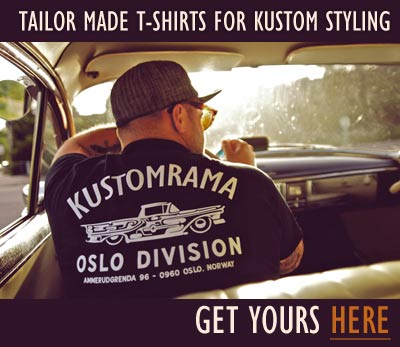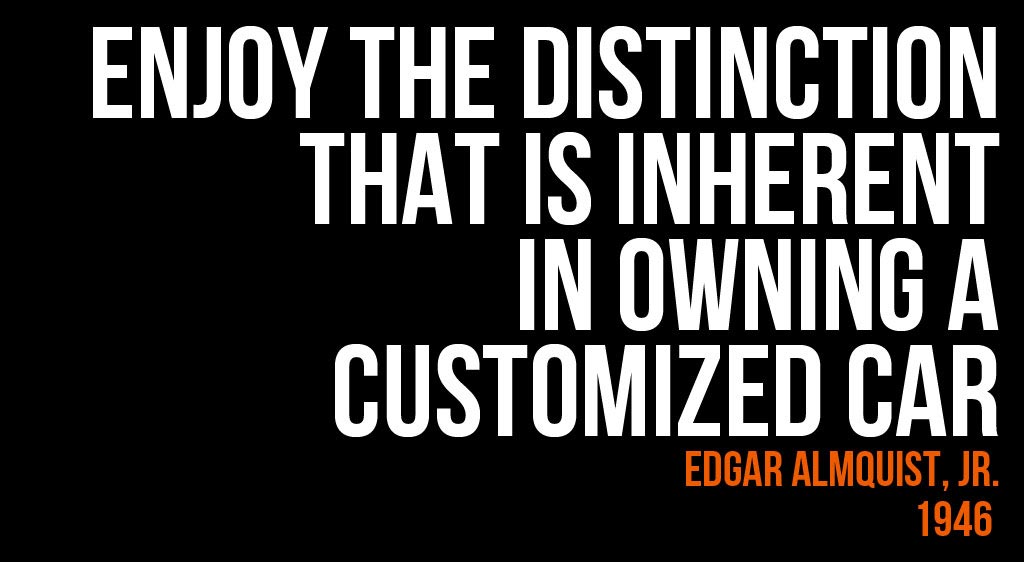Continental Kit


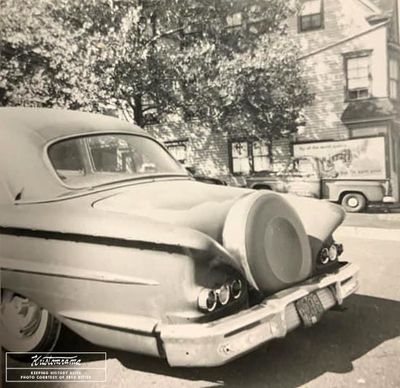

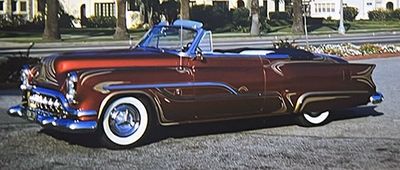
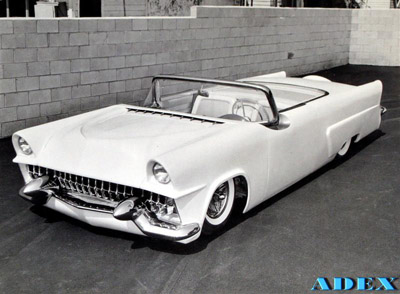
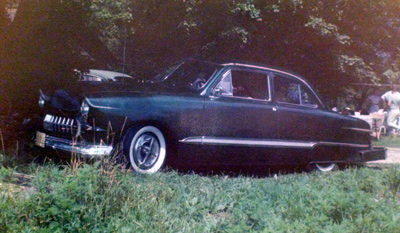

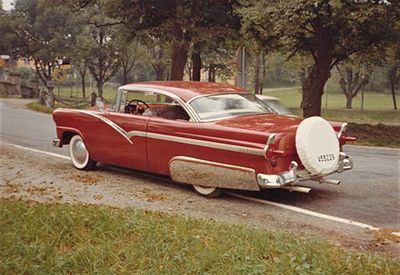
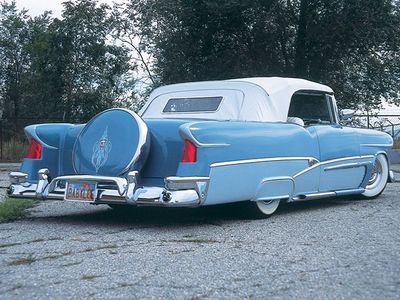
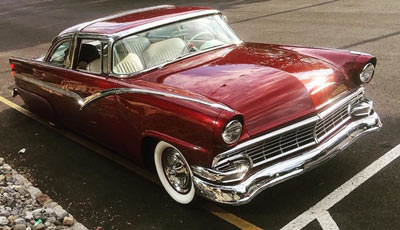
A Continental Kit is a distinctive automotive accessory that originated in the mid-20th century, primarily in the United States. It is a rear-mounted spare tire carrier, often encased in a decorative cover, which extends the vehicle's overall length and adds a touch of elegance to the rear end. The Continental Kit became a popular stylistic element on automobiles during the 1950s and 1960s, contributing to the unique aesthetics of that era's automobiles.
Contents
Origin and Evolution
The origin of the Continental Kit can be traced back to the post-World War II era in the United States. During this time, car manufacturers and customizers were looking for ways to make their vehicles stand out in a rapidly growing automotive market. In an effort to enhance the appearance of cars and differentiate them from their competitors, designers began to experiment with various design elements, one of which was the addition of a spare tire carrier on the rear.
The concept of mounting a spare tire externally at the rear wasn't entirely new, as earlier automobiles had featured exposed spare tires. However, the Continental Kit introduced a new level of sophistication by incorporating the spare tire within a decorative cover. This cover often resembled a metal or fiberglass shell that blended seamlessly with the vehicle's overall design, creating a harmonious visual effect.
Popularity and Cultural Impact
During the 1950s and 1960s, the Continental Kit gained widespread popularity and became synonymous with luxury and prestige. It was often associated with high-end automobiles and custom-built cars, accentuating their length and elegance. This accessory became an emblem of automotive opulence and was embraced by both car enthusiasts and mainstream consumers alike.
The Continental Kit also found its way into popular culture, making appearances in movies, television shows, and advertisements. Its distinctive appearance on classic cars helped solidify its status as a symbol of the mid-20th century's automotive design aesthetic.
Decline and Legacy
As automotive design trends evolved and safety regulations tightened, the popularity of the Continental Kit began to wane. By the 1970s, many car manufacturers were moving away from the extravagant designs of the previous decades, opting for more streamlined and efficient vehicles. Additionally, safety concerns and improved tire technology led to the integration of spare tires within the car's interior or trunk, further reducing the need for external spare tire carriers.
Although the heyday of the Continental Kit had passed, it left an indelible mark on the history of automotive design. Classic cars featuring this accessory continue to capture the imagination of collectors, restorers, and enthusiasts, evoking a sense of nostalgia for a bygone era of elegance and sophistication.
In conclusion, the Continental Kit's history and origin are rooted in the pursuit of automotive distinction and elegance during the mid-20th century. Its unique design and cultural impact have made it a lasting symbol of a golden age of car customization and luxury, preserving its legacy in the annals of automotive history.
Cars Featuring Continental Kits
Edward Meritai's 1950 Ford
John Rae's 1951 Ford
Robert Ansetta's 1951 Ford Crestliner
Ron Fagundes' 1952 Ford Victoria - The Ronbardue Kart
John Bozio's 1953 Buick Roadmaster
John Knox's 1953 Buick Skylark Convertible
Bill and Bob Glazier's 1953 Oldsmobile Super 88 Convertible - The Candy Wagon
Jim Logue's 1954 Ford Convertible
Nick Phillips' 1955 Chevrolet Convertible
Chris Rusbach's 1956 Ford Crown Victoria
Christer Gref's 1956 Ford Fairlane
Did you enjoy this article?
Kustomrama is an encyclopedia dedicated to preserve, share and protect traditional hot rod and custom car history from all over the world.
- Help us keep history alive. For as little as 2.99 USD a month you can become a monthly supporter. Click here to learn more.
- Subscribe to our free newsletter and receive regular updates and stories from Kustomrama.
- Do you know someone who would enjoy this article? Click here to forward it.
Can you help us make this article better?
Please get in touch with us at mail@kustomrama.com if you have additional information or photos to share about Continental Kit.
This article was made possible by:
SunTec Auto Glass - Auto Glass Services on Vintage and Classic Cars
Finding a replacement windshield, back or side glass can be a difficult task when restoring your vintage or custom classic car. It doesn't have to be though now with auto glass specialist companies like www.suntecautoglass.com. They can source OEM or OEM-equivalent glass for older makes/models; which will ensure a proper fit every time. Check them out for more details!
Do you want to see your company here? Click here for more info about how you can advertise your business on Kustomrama.
